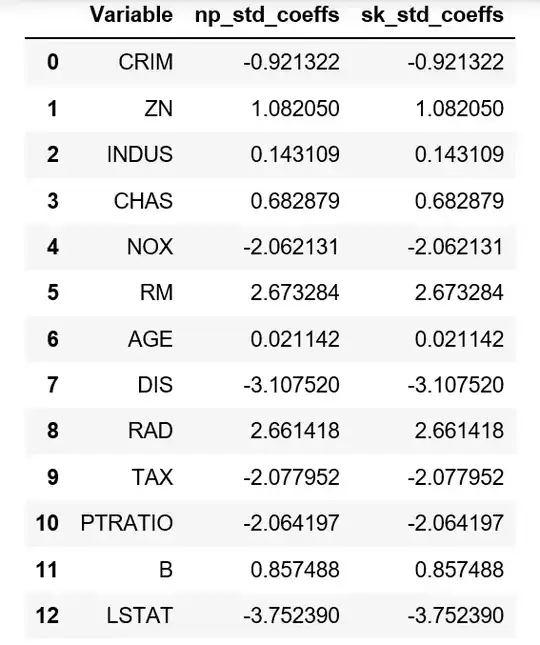Hi I do not know the specifics of your problem but you might find the following reference really interesting: Eilers, 2006 (especially paragraph 3). The idea presented in the reference is rather simple to implement (there should be also some matlab code in appendix). Anyway below you will find my own attempt :-)
A bit of context
The paper uses a smoother technique known as P-spline. P-splines have been introduced by Eilers and Marx, 1991 and combine B-splines (defined on equally spaced knows) and finite difference regularization of the spline coefficients (the second reference also contains some codes you can use to get accustomed to the methodology if you want).
In my answer I will use a special case of P-splines, the Whittaker graduation method (see e.g. Eilers, 2003 which also contains some computer code in appendix).
Force the smoother to be monotonic: asymmetric penalties
To achieve monotonicity, we want that the first differences of the estimated Whittaker smoother have same sign (all negative or positive). Suppose we want a monotonically increasing fit. Following Eilers, 2006 we can write out problem as
$$
S = \|y - z\|^{2} + \lambda \| \Delta^{(3)} z\|^{2} + \kappa \sum v_{i} (\Delta^{(1)} z_{i})^{2}
$$
where $z$ is the vector of unknowns, $\Delta^{(3)}$ is a third order difference operator, $\Delta^{(1)}$ is the first order difference operator between adjacent smoothed values, $v_{i}$ is a weighting factor with value 1 if $\Delta^{(1)} z_{i} > 0$ and 0 otherwise, $\lambda$ is a smoothing parameter and $\kappa$ is a large constant (let say equal to $10^6$).
Below you will find a small example comparing monotone and non monotone fit.
import math
import numpy
import matplotlib.pyplot as plt
# Simulate data
N = 100
xlo = 0.001
xhi = 2*numpy.pi
x = numpy.arange(xlo, xhi, step = (xhi-xlo)/N)
y0 = numpy.sin(x) + numpy.log(x)
y = y0 + numpy.random.randn(N) * 0.5
# Prepare bases (Imat) and penalty
dd = 3
E = numpy.eye(N)
D3 = numpy.diff(E, n = dd, axis=0)
D1 = numpy.diff(E, n = 1, axis=0)
la = 100
kp = 10000000
# Monotone smoothing
ws = numpy.zeros(N - 1)
for it in range(30):
Ws = numpy.diag(ws * kp)
mon_cof = numpy.linalg.solve(E + la * D3.T @ D3 + D1.T @ Ws @ D1, y)
ws_new = (D1 @ mon_cof < 0.0) * 1
dw = numpy.sum(ws != ws_new)
ws = ws_new
if(dw == 0): break
print(dw)
# Monotonic and non monotonic fits
z = mon_cof
z2 = numpy.linalg.solve(E + la * D3.T @ D3, y)
# Plots
plt.scatter(x, y, linestyle = 'None', color = 'gray', s = 0.5, label = 'raw data')
plt.plot(x, z, color = 'red', label = 'monotonic smooth')
plt.plot(x, z2, color = 'blue', linestyle = '--', label = 'unconstrained smooth')
plt.legend(loc="lower right")
plt.show()

I hope this helps a bit (or at least you find it interesting).
